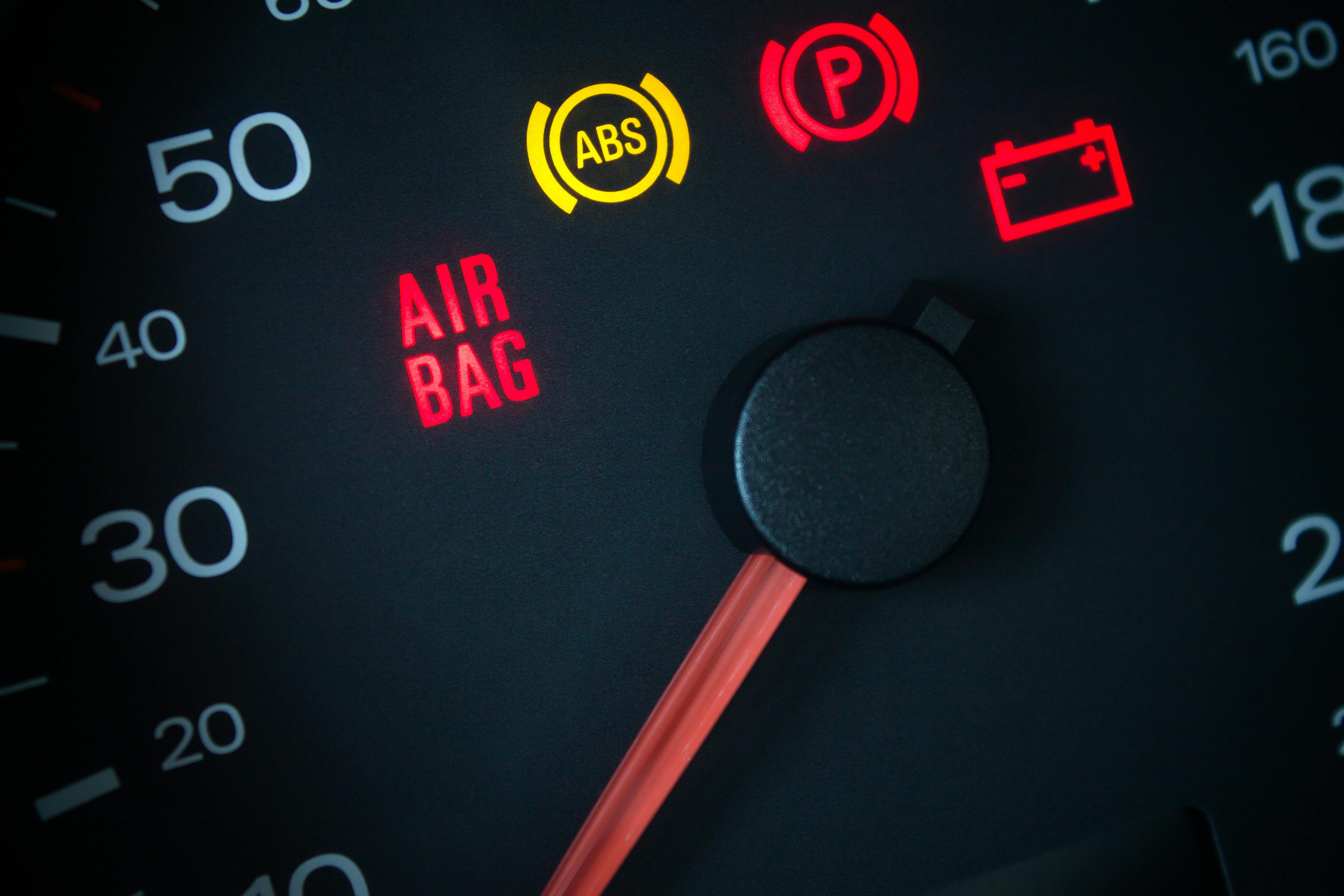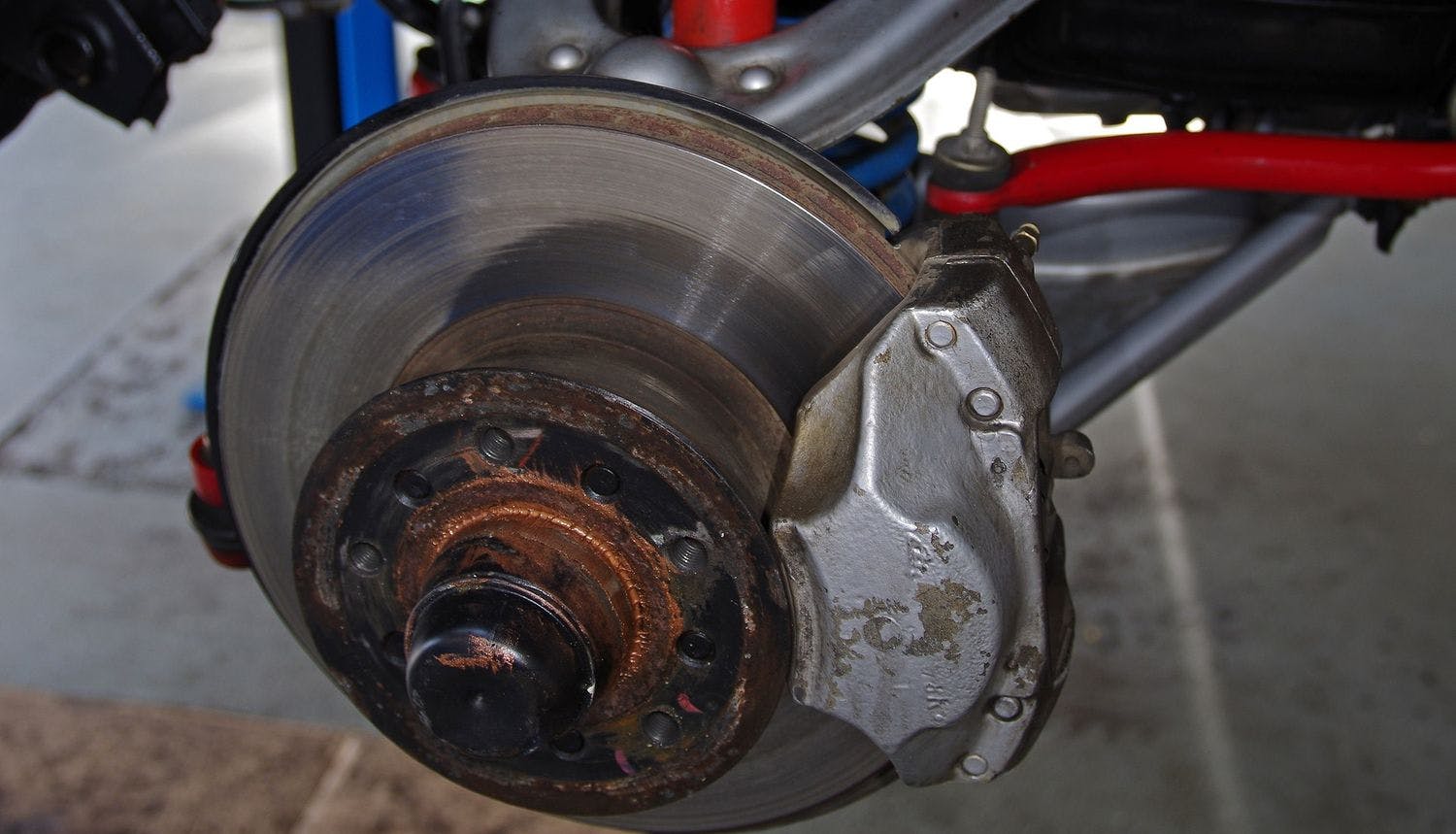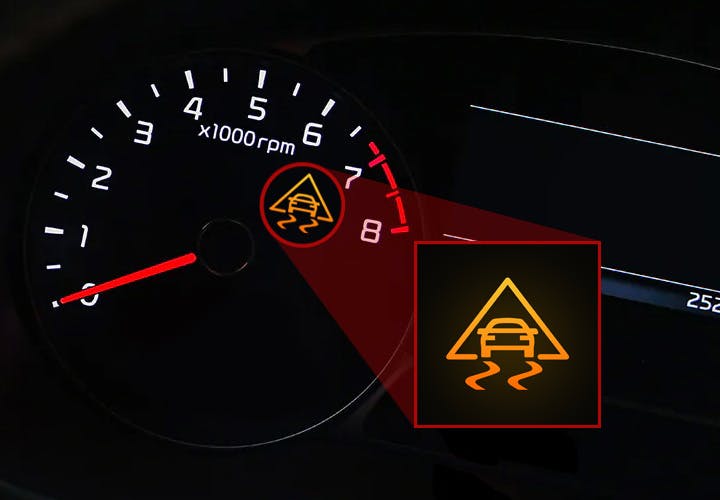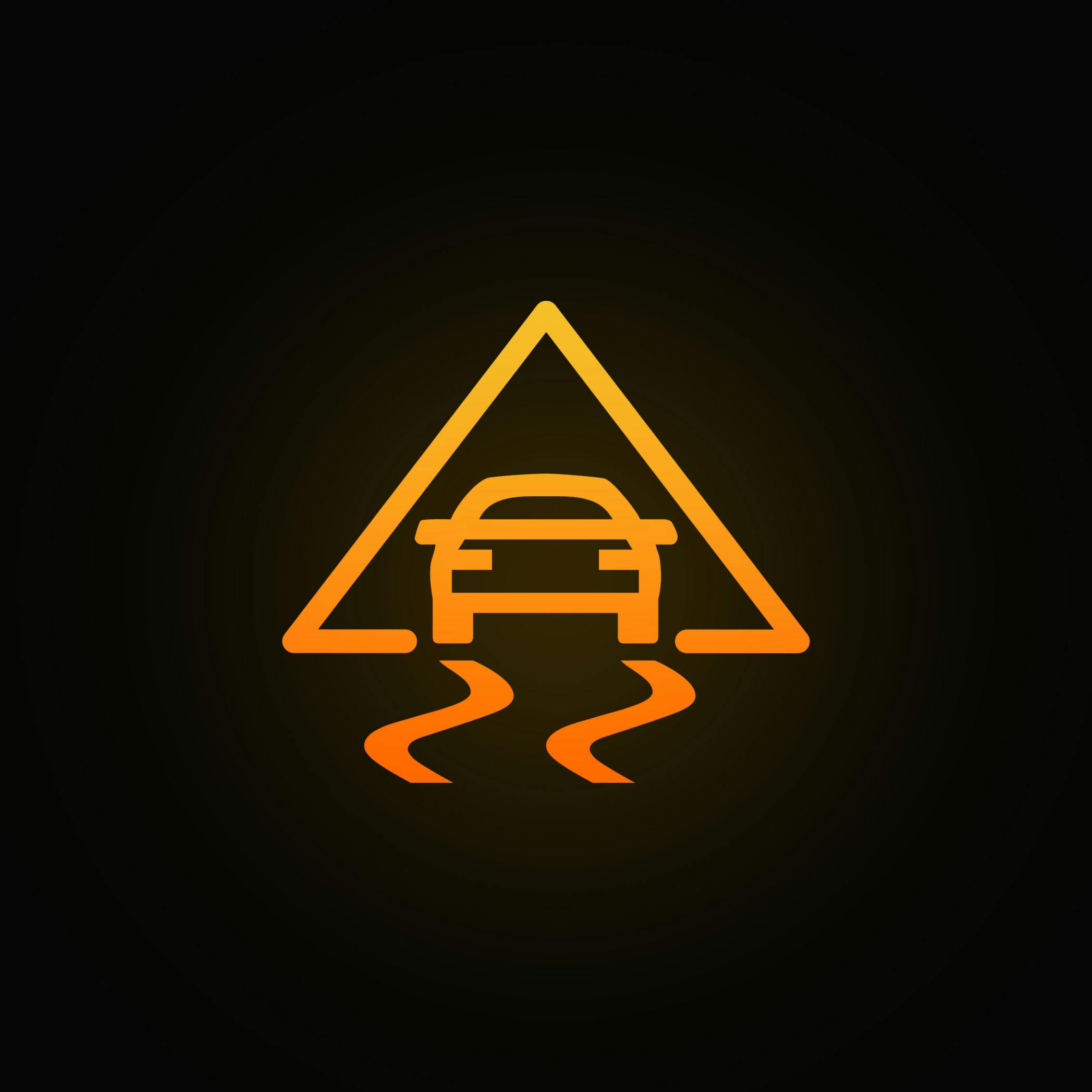Traction Control: What should you know about it?

Traction control, abbreviated TCS, is an electronic system that enables a better transfer of engine power to the road.
This system allows full engine power (full throttle) without wheel slippage.
Inhaltsverzeichnis
Traction Control Function
Traction control has a similar function to the ABS. Both systems are supposed to ensure that the wheels do not slip, thanks to which traction is maintained. However, the traction control does not work when braking like the ABS. On the contrary, it works while driving and accelerating.

ABS System: How it works and what it is for?
To prevent wheel slippage, the traction control system uses parts of ABS. By braking individual wheels, the ABS prevents power from being transferred to a wheel that has no traction (skids), as if imitating the function of an electronic self-locking differential.
In addition, traction control also helps by reducing engine power, more precisely by reducing fuel supply. Thus, the traction control can keep the car moving even on a slippery icy surface, ensuring its wheels do not slip.
When is Traction Control useless?
In most cases, traction control is a handy feature, but there are certain cases where it is counterproductive. If the driver tries to start the car on snow, deep mud, or an icy surface, the TCS system reacts by taking off the gas and braking the skidding wheels, which, however, can lead to the car not being able to move from its place.
WARNING! Don't forget to turn the traction control back on after you accelerate. On slippery, snowy or icy surfaces, definitely do not turn off the traction control after your car starts moving!
However, newer traction control systems are also equipped for such cases. These systems help each other with the help of acceleration and tilt sensors, and thanks to this, they know how to correctly estimate the situation when it is necessary to let the wheels slip a little more.
Brakes Wear Faster

Cars equipped with a traction control system suffer from more frequent brake wear, especially in cases where they often drive on slippery surfaces. It is because of the regulation of the power transmitted to individual wheels utilizing their braking.
However, this is a negligible price for a system that increases the vehicle's safety and has helped prevent many accidents during its introduction.
Traction Control: When to turn it off?
As already said, the traction control can be counterproductive when accelerating on deep snow, mud, or slippery surfaces. In addition, traction control is relatively useless on dry roads, though turning traction control off is at your own risk.
Furthermore, it is less than useful in situations such as drifting, driving on a circuit, etc., and the driver can decide to turn off the traction control. Unfortunately, you won't find the option to turn off the traction control on some newer models.
When is TCS active, and when is it inactive?
Vehicles with traction control have a warning light on the dashboard, sometimes shared with the ESP warning light, which signals the system's status. After turning the key to the first position, the traction control lamp lights up for a short while and then goes out, which signals that the functionality of this system is being tested.

Electronic Stability Program (ESP): How does it work?
A constantly lit ESP warning light (traction control) indicates malfunctioning traction control. A lit EPC warning light can also indicate traction control malfunction.

EPC Warning Light: What does it mean and how to fix it?
Since traction control is classified as an active safety feature, most new modern cars are equipped with it.
Traction Control Abbreviations
The traction control system can be found in most common modern cars today. However, although all traction control systems work on the same principle, they are not denoted by the same abbreviation.

Anti-Slip Regulation System: How does the ASR work?
Various brands refer to traction control differently. That is why you may come across labels such as:
ACS (Automatic Stability Control)
ASR (Anti-Slip Regulation)
DTC (Dynamic Traction Control)
ETC (Electronic Traction Control)
ETS (Electronic Traction System)
TCS (Traction Control System)
TC (Traction Control)
TRC (Traction Control)